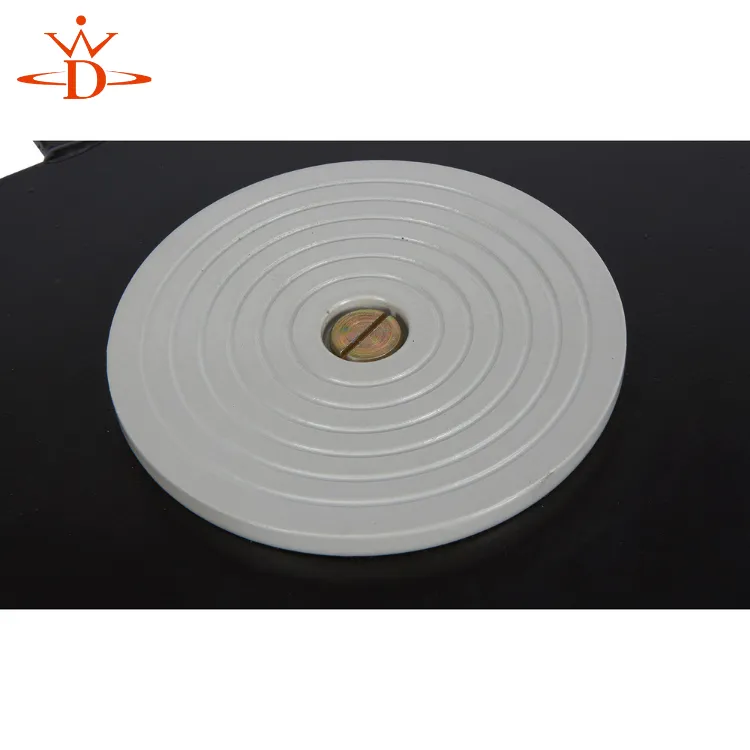industrial equipment relocation
Industrial Equipment Relocation A Comprehensive Guide
Relocating industrial equipment is a complex process that involves careful planning, rigorous execution, and a clear understanding of the machinery and the environment in which it operates. Whether you are moving equipment within the same facility, transferring it to a new location, or undergoing a facility closure, the importance of a well-structured relocation strategy cannot be overstated. This article provides a comprehensive overview of the steps involved in industrial equipment relocation, highlighting key considerations to ensure a smooth transition.
1. Planning and Assessment
The first step in the relocation of industrial equipment is thorough planning and assessment. It is essential to evaluate the equipment to be moved, including its size, weight, and operational requirements. Conduct a detailed inventory of all machinery, tools, and associated materials. Identify the reasons for relocation—be it upgrading, downsizing, or moving to a more strategic location.
Understanding the new environment is equally crucial. Assess the layout of the new facility, the conditions of access points, and any modifications needed to accommodate the equipment. This process often involves consultations with architects, engineers, or facility managers to ensure that the new space will meet the operational requirements of the equipment.
2. Budgeting and Cost Analysis
Relocating industrial equipment can be expensive. Therefore, it is vital to establish a budget that accounts for all expenses, including disassembly, transportation, reassembly, and any necessary upgrades or modifications. Analyze costs for hiring relocation specialists, equipment transport, insurance, and potential downtime.
Consider exploring multiple quotes from relocation services to find the most cost-effective solution without compromising quality. A transparent budget allows you to allocate resources efficiently and minimize unexpected expenses.
3. Safety and Compliance
Safety should be a primary concern during any industrial equipment relocation. Ensure that all necessary safety protocols are in place, including proper personal protective equipment (PPE) for workers involved in the relocation process. Additionally, familiarize yourself with local regulations and compliance standards related to industrial equipment transport and installation.
Heavy machinery often requires special handling during relocation. Engage licensed professionals who specialize in moving such equipment to ensure compliance with all safety regulations. Risk assessments should be performed to identify any potential hazards associated with the relocation process.
4. Logistics and Transportation
industrial equipment relocation

Once the planning is complete and the budget is in place, logistics becomes a key focus. This includes deciding on the best transportation method for the equipment—whether by road, rail, or sea. The choice of transport depends on factors like distance, equipment weight, and the speed required for relocation.
It is essential to coordinate the timing of relocation to minimize disruption to operations. Ensure that transportation routes are clearly mapped, accounting for any obstacles such as low bridges or weight restrictions.
5. Disassembly and Preparation
Prior to the actual move, disassembling the equipment correctly is critical. Document the disassembly process with photographs and detailed notes to facilitate reassembly. This preparation phase may also involve cleaning the equipment to prevent contamination or damage during transport.
In some instances, it may be beneficial to conduct pre-move testing and maintenance to ensure that the machinery is in optimal condition for re-installation at the new site.
6. Reassembly and Setup
Upon arrival at the new facility, the reassembly of industrial equipment must be executed meticulously. Follow the documented disassembly guidelines while also considering any new configurations that might enhance operational efficiency. This phase may also involve recalibration and testing of the machinery to ensure it operates as intended.
Work closely with engineers and technicians to verify that all systems are aligned and functioning. This cooperation helps to avoid potential issues that could arise from incorrect setup.
7. Post-Move Evaluation
Finally, after the relocation is complete, conduct a post-move evaluation. Gather feedback from operations and maintenance teams to identify any issues that may have emerged during or after the relocation process. This evaluation is critical for future relocations and helps fine-tune the processes involved.
In conclusion, industrial equipment relocation is a multifaceted endeavor that requires careful planning, execution, and assessment. By following the steps outlined in this article, businesses can ensure a successful relocation, minimizing downtime and maintaining operational efficiency. Investing time in each stage of the process will ultimately lead to a smoother transition and better outcomes overall.
-
Unlock Seamless Relocation with Our Heavy Equipment Moving ExpertiseNewsJun.06,2025
-
Unleash Unrivaled Flexibility with Our Adjustable Gantry CraneNewsJun.06,2025
-
Unleash Heavy-Duty Efficiency with Our Industrial Gantry Crane SolutionsNewsJun.06,2025
-
Revolutionize Steel Handling with Our Magnetic Lifter RangeNewsJun.06,2025
-
Master Equipment Mobility with Premium Machinery Mover SolutionsNewsJun.06,2025
-
Elevate Your Material Handling with Magnetic Lifter TechnologyNewsJun.06,2025
-
YS Permanent Lifting Magnets: The Smarter Way to Handle SteelNewsMay.22,2025
